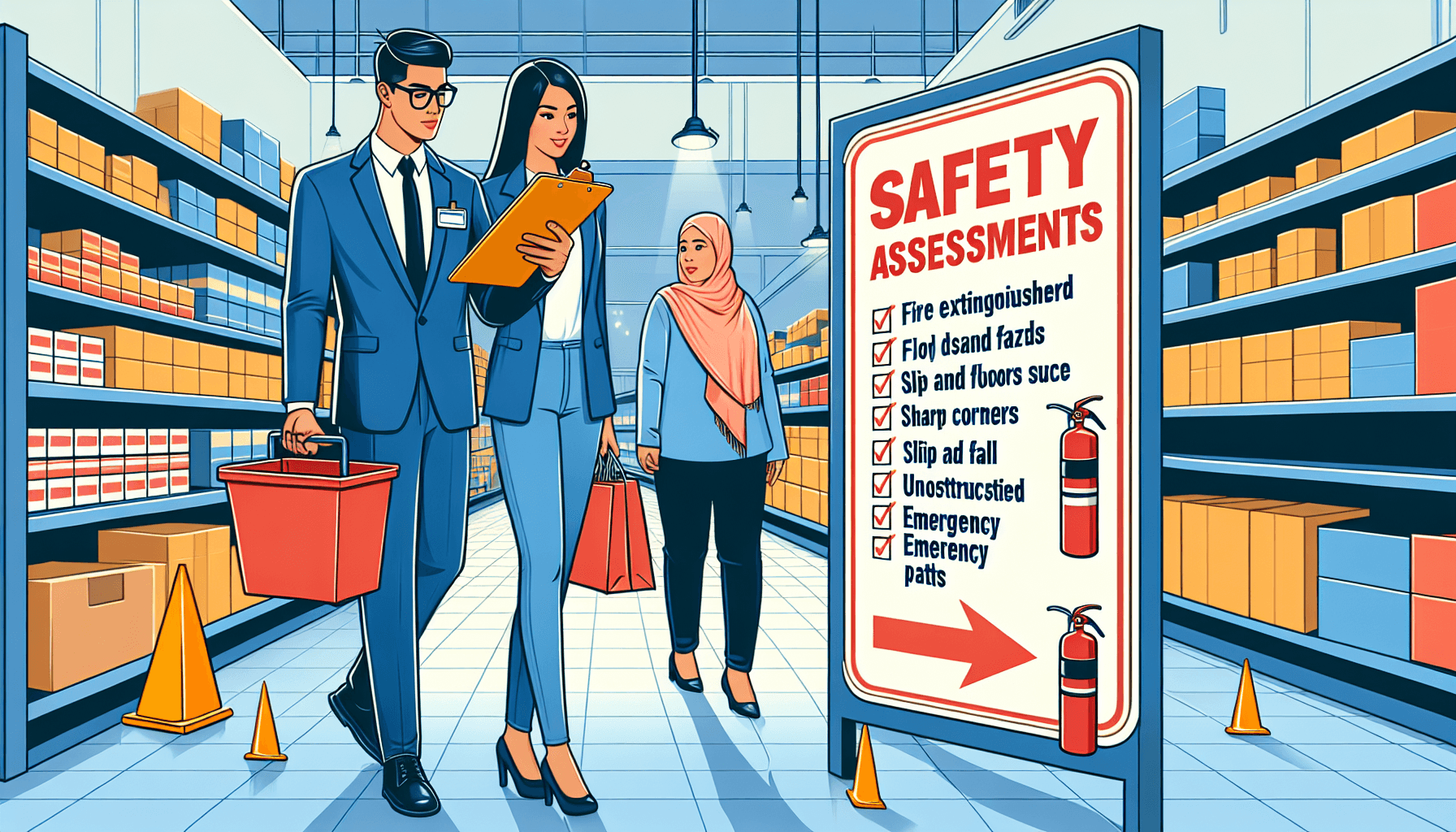Warehouse safety is of utmost importance for any business that operates a warehouse facility. Ensuring the safety of both employees and customers should be a top priority for companies in order to prevent accidents, injuries, and potential liabilities. One effective way to enhance safety in a warehouse is through safety site assessments.
The Importance of Safety Site Assessments
Safety site assessments, also known as safety audits, are comprehensive evaluations of a warehouse facility to identify potential safety hazards, assess the current safety measures in place, and make recommendations for improvements. These assessments are conducted by experienced professionals who have deep knowledge and understanding of warehouse operations and safety protocols.
Warehouse safety site assessments play a crucial role in enhancing customer safety in several ways:
Identifying Potential Hazards
During a safety site assessment, the auditor thoroughly inspects the warehouse facility to identify any potential safety hazards. This includes examining the layout of the warehouse, checking for improperly stored items, identifying potential trip and fall hazards, evaluating the condition of machinery and equipment, and assessing the effectiveness of safety signage and markings.
By identifying these potential hazards, companies can take proactive measures to eliminate or mitigate them, thereby reducing the risk of accidents and injuries occurring within the warehouse. This not only enhances customer safety but also contributes to the overall well-being of employees and visitors.
Evaluating Safety Protocols and Procedures
A safety site assessment also involves evaluating the existing safety protocols and procedures implemented within the warehouse. This includes reviewing the effectiveness of employee training programs, assessing the availability and proper usage of personal protective equipment (PPE), and examining the overall safety culture within the facility.
By evaluating these aspects, companies can identify any gaps or areas for improvement in their safety protocols. This enables them to implement necessary changes to ensure that employees are properly trained and equipped to handle potential safety risks. Ultimately, this creates a safer environment for both employees and customers.
Recommendations for Improvements
One of the valuable outcomes of a safety site assessment is the list of recommendations provided by the auditor. These recommendations are tailored to the specific needs and challenges of the warehouse facility and aim to improve safety measures.
These recommendations may include suggestions for updating safety policies, enhancing training programs, implementing additional safety equipment or technologies, or improving the overall layout of the warehouse for better flow and visibility. By implementing these recommendations, companies can significantly enhance safety and reduce the likelihood of accidents and injuries occurring.
Compliance with Regulations and Standards
Warehouse operations are often subject to various regulations and safety standards set by government agencies and industry organizations. Safety site assessments help companies ensure that they are fully compliant with these regulations and standards.
By conducting regular safety audits, companies can identify any areas where they may be falling short in terms of compliance. This allows them to rectify any issues promptly and maintain a safe and healthy working environment for employees and customers.
HCO Innovations: Your Partner in Warehouse Safety Optimization
At HCO Innovations, we understand the critical importance of safety in warehouse operations. That’s why we offer comprehensive warehouse safety evaluation services to help businesses enhance their safety measures and protect both their employees and customers.
Our team of experienced professionals will conduct a thorough assessment of your warehouse facility, identifying potential hazards, evaluating safety protocols, and providing tailored recommendations for improvements. Whether you need to update your safety policies, enhance employee training, or implement new safety technologies, we can guide you through the process.
With our expertise in warehouse optimization and safety, we can help you create a safer working environment, enhancing customer safety and reducing the risk of accidents and injuries. Trust HCO Innovations to be your partner in warehouse safety optimization.
For more information about our warehouse Safety Evaluation services, please visit HCO Innovations website.

